After Isalo National Park, the next destination of our Madagascar road trip was the city of Toliara, also commonly referred to by its French transcription of Tulear. With a population of 170,000, this is the largest city in southern Madagascar and the sixth-largest in the country as a whole. Located on the island’s southwest coast, it is noted for its exotic, sun-struck beaches, diverse seafaring cultures, and fresh seafood.
From Isalo to Toliara
Due to a flat tire, we left Isalo later than planned. Even so, we had a relatively short trip (6-7 hours) and were still scheduled to arrive in plenty of daylight.
Shortly after departure, we drove through Ilakaka: a renowned mining town, particularly for sapphires. Most concrete buildings on the main road housed gem shops. The rest were wooden shacks housing adventuring miners. Over a bridge, the view opened to a destitute throng prospecting a muddy riverbed and the surrounding arid plain.
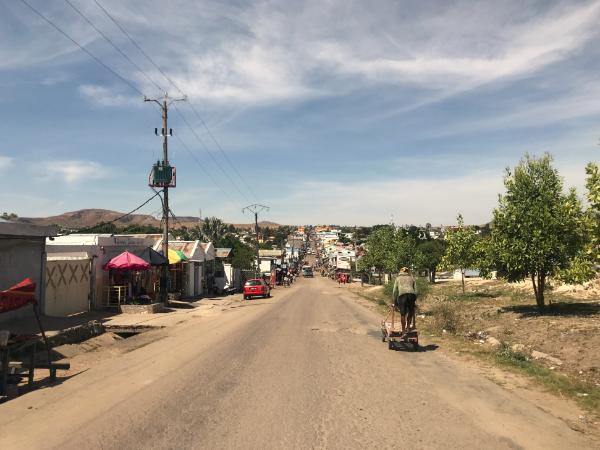
As we then covered a near-complete desert, out of nowhere appeared an extensive, dense woodland. It was the Zombitse-Vohibasia National Park, which hosts several species of lemurs and other peculiar creatures. We didn’t unfortunately have the time to stop, but it was nice driving through. After the woods gave off, vegetation persisted in the form of sparse baobabs, eucalypti, agaves, and prickly pears. The latter were for sale in the sporadic settlements.
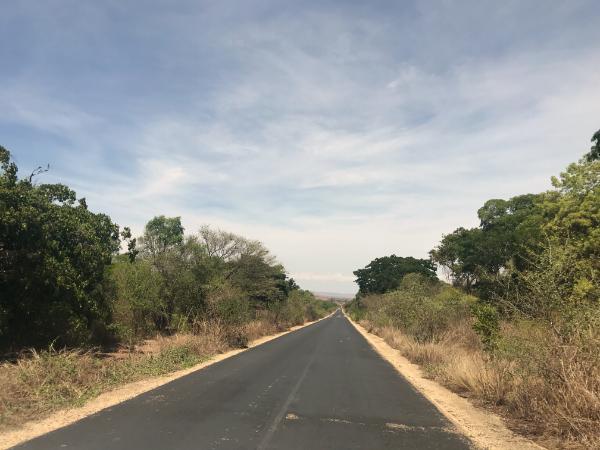
The road was straight and well-paved until the town of Mahaboboka. Then hills and potholes took over. The landscape turned dry again. People here and there gathered on the parched earth off the road and begged for water with gestures of drinking or pouring over their heads. They pointlessly wasted their scarce body fluids in yelling and sprinting behind the car. We could have handed out the half bottle we had left for the trip to somebody, but that wouldn’t be of much consequence to solving the bigger problem. Even a batch of empty bottles we threw to some kids caused quite a battle among them for the ownership of these valuable containers. The scant settlements subsisted on meager mango orchards, lean goats grazing thorny desert shrubs, and selling potted succulents on the roadside. They also produced a local liquor which they let mature in metal barrels under the harsh sun.
Closer to the coast, civilization began to take off again. We stopped for lunch in a village called Andranovory, at a cute roadside eatery with outdoor tables under a huge mango tree. Shortly thereafter, still early afternoon, we arrived in Toliara.
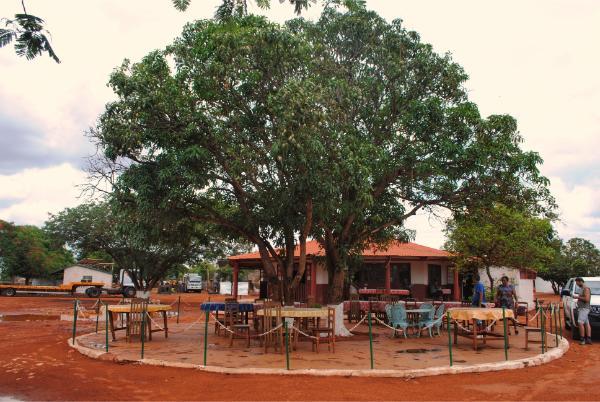
Affiliation disclosure: By purchasing goods or services via the links contained in this post, I may be earning a small commission from the seller's profit, without you being charged any extra penny. You will be thus greatly helping me to maintain and keep enriching this website. Thanks!
Accommodation in Toliara
After quite a few inquiries in more expensive places, we ended up settling in Hotel Le Recife. It came to 50,000 a night, the room was decent, and it had a swimming pool with an ocean view. (When we returned to Tulear after our trip to Anakao, Le Recife was full and we instead checked into Hotel Manatane next door for the same price. That one didn’t have a swimming pool, but the room was much bigger and overall better.) You can explore more accommodation options on the map below.
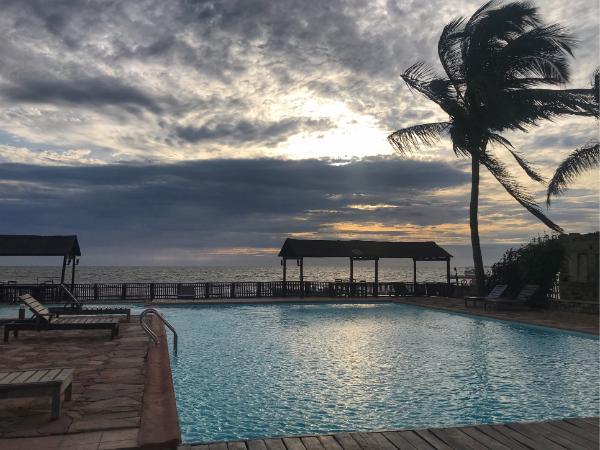
Exploring Toliara
Following a dip and a coffee by the pool, we set out to explore Toliara. The hotel was located in Rue Marius Jatop. This short street was the city’s tourist hub. Hotels, bars, and restaurants were lined up on both sides. Elderly white men hung out with their young local mistresses while lone, candidate mistresses populated the pavements. Drivers of arrayed rickshaws waited agog in front of the hotel entrances. Dudes scurried to every emerging foreigner brandishing knives; not for robbing, but to sell them as souvenirs. Beggars were mostly absent, probably due to the police stationed at either end of the street.

Off this street, Toliara was a big but relaxed city. There was hardly any car traffic, and rickshaws and pedestrians flowed smoothly down the streets. The adults were mostly indifferent to our presence; sometimes they even appeared vexed by it. A driver of a rickshaw that was in a picture I took walked to me rather threateningly to demand 5,000 ariary for every driver whose rickshaw was captured by my camera. After he realized that this approach wouldn’t work, he switched to entreating us to get on for a ride. The kids were more excited. A bunch of them, hardly five years old, strayed for a dozen blocks away from their home hovel to follow us around the city, begging but having a blast at the same time. When I eventually handed them a note, they turned around and gamboled away in bliss.
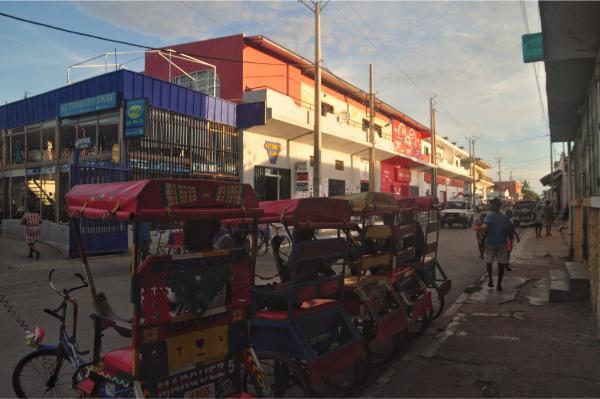
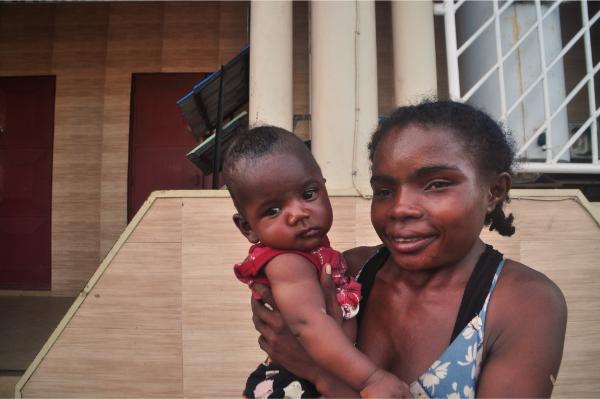
For sunset, we went to the fishing port situated by the south end of the tourist street. Most pirogues were already grounded, a few still approaching with open sails together with oxcarts that carried loads of larger vessels across the shallow water. Fishermen chilled in front of the little houses while the smell of grilled fish smoked out of the open doors and windows.
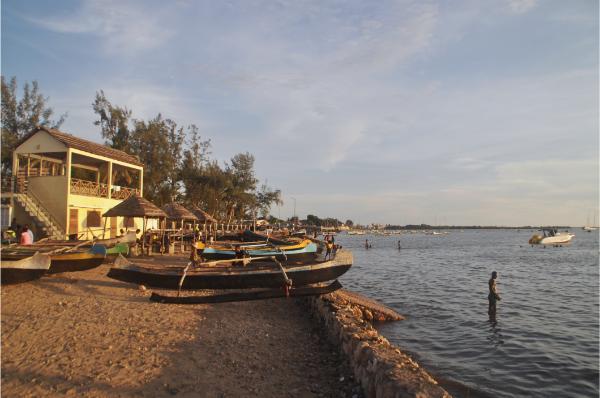
At twilight, we went to one of the bars of the tourist street. Tahina, our driver, was there with a friend. They were already drunk and had taken on the DJ’s role, connecting their phones to the loudspeaker and blasting their favorite Malagasy songs to bellow along. We had a beer with them, grabbed some street food, and went to rest before tomorrow’s excursion.
Toliara Photo Gallery
View (and if you want use) all my photographs from Toliara.
A day trip to Ifaty Beach
What this city lacked was a proper beach; its entire coast was occupied by an extensive, litter-infested sandbar. For that we started early to undertake a little journey to Ifaty Beach, situated 30 km north of Toliara. Tahina’s friend from last night joined us. Before we left the city, he requested that we make a stop at a shop. He walked in and then out carrying a bag of beers—it was going to be one of these days. Bottle and fag in hand, car windows fully lowered, briny breeze blowing on our faces, we watched the scenic views of dunes and oceanic horizon unfolding. A bit more than an hour later, we arrived in the village of Mangily, where Ifaty Beach is located.
We stopped before a heavy metal gate, on which was written mora mora (Malagasy for slowly). Notwithstanding, a footfall and expedient voices resounded forthwith in response to our honking. The gate rolled open, and quite a mob began swarming around us. All together and independently from each other, they touted food, drinks, boat tours, massage, jewels and all sorts of trinkets like a knife with a zebu-horn handle, basically any product or service that could possibly be offered.
I didn’t quite get what that place was about. It felt like the beachfront property of some family that didn’t yet have the capital to set up a proper hotel restaurant of the kind you found along the rest of the beach. There were a couple of shacks around, a toilet, and a structure that seemed underway to becoming a bar, but not much else.
They fixed for us a plastic table under a tree for 5,000 ariary. That together with beer from the village shop came cheaper than sitting in one of the normal bars and ordering their expensive drinks. Then they formed a vice-tight circle around our table and kept touting. Sophie ended up buying a couple of anklets and wooden figurines of zebus and baobabs. She also let a woman paint flowers on her face and arms.
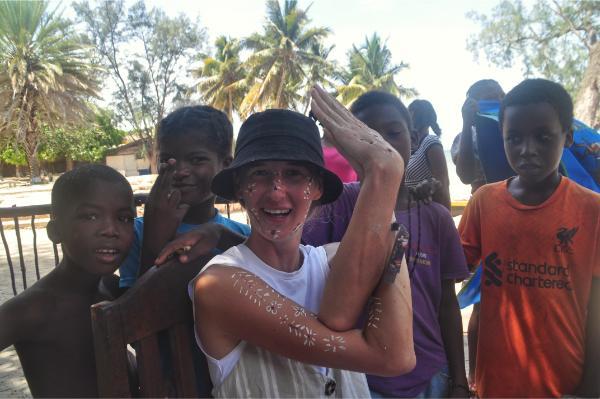
I bought a bit of pot. There was that dude who went running and returned with a whole handful of it for 6,000 ariary. Only a fraction remained once I removed the seeds, but it was still a bargain for a mere euro. As cheap as the weed was, so expensive were the rolling papers. He wanted 20,000 for a single one. I put it in cigarettes instead. The quality was typically low for Africa, but it was good enough to get a little high during our beach holiday.
Their food offers were quite high to begin with. So we went looking for lunch elsewhere. We found it at a little family food stall down on the beach. A generous portion of rice, veg, beans, and eggs and a fish half the size of my forearm cost next to nothing.
The beach itself was gorgeous: a long and wide stretch of fine white sand bordered by palms and casuarinas. Pirogues slid gently along the marine horizon with full sails, and a few larger, colorful fishing boats waited stranded on the sandbar for the tide. So did we in order to swim. In the morning, the sea was knee-deep for an unwalkable distance. In the afternoon, it deepened enough for a dip.
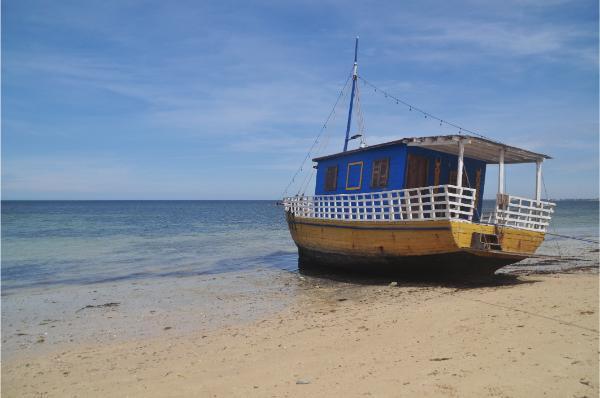
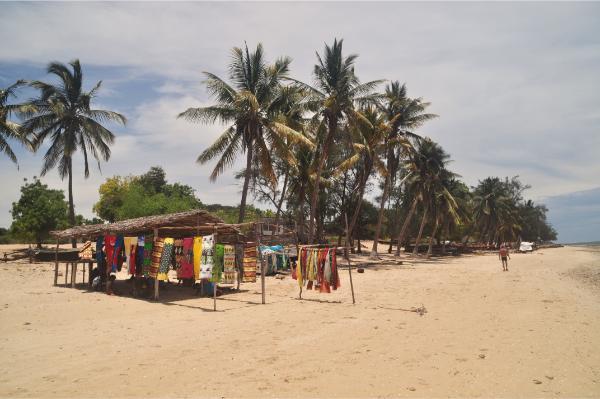
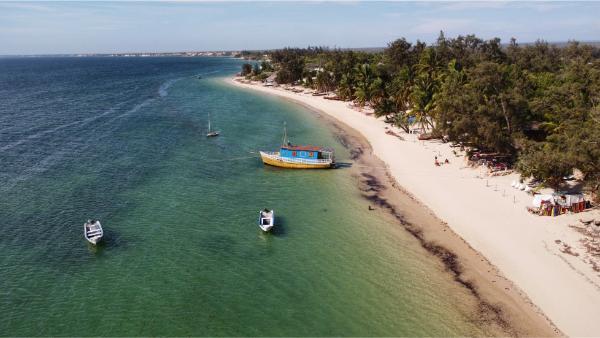
We were back in Toliara before sundown and finished off this day of leisure and drinking in a karaoke bar. After two beers and three songs, I had warmed up for good, but bed was calling. We had an early boat to catch tomorrow to the remote little heaven of Anakao Beach.
Ifaty Beach Photo Gallery
View (and if you want use) all my photographs from Ifaty Beach.
For this road trip we were sorted out by Patrick from MadaRentalACR. He fixed for us a flawless and comfortable 4x4 together with the driver for the most reasonable price we were able to find and he was overall very helpful and accommodating. Our driver, Tahina, was very professional and an excellent company during our two-week wandering. You may contact him on Facebook if you're looking for a trustful driver/guide in Madagascar.
Accommodation and Activities in Madagascar
Stay22 is a handy tool that lets you search for and compare stays and experiences across multiple platforms on the same neat, interactive map. Hover over the listings to see the details. Click on the top-right settings icon to adjust your preferences; switch between hotels, experiences, or restaurants; and activate clever map overlays displaying information like transit lines or concentrations of sights. Click on the Show List button for the listings to appear in a list format. Booking via this map, I will be earning a small cut of the platform's profit without you being charged any extra penny. You will be thus greatly helping me to maintain and keep enriching this website. Thanks!
